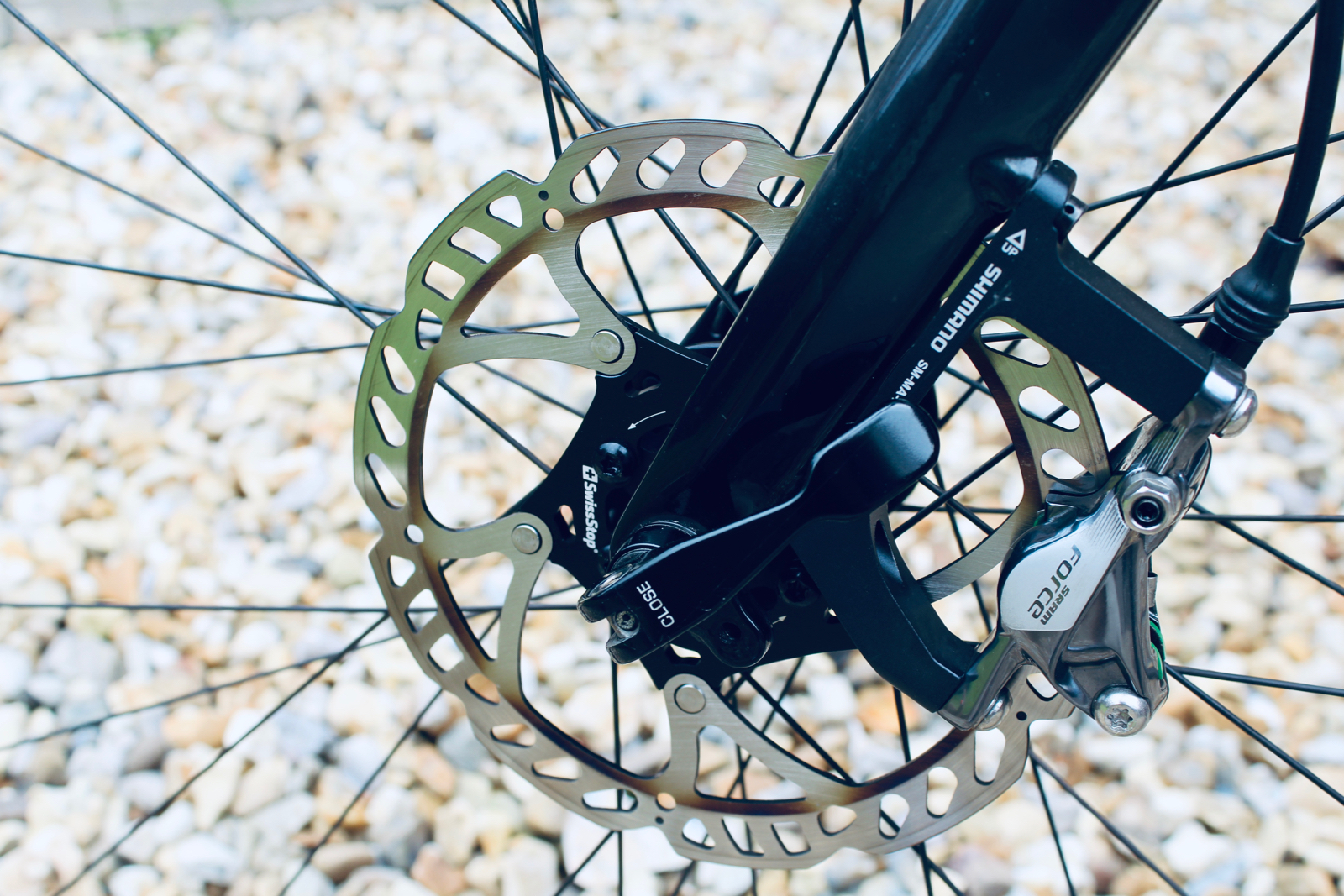Game Theory Of The Breakaway
If you have seen the film 'A Beautiful Mind' or you have done a bit of industrial economics, or even gambling, then you might have heard of Game Theory. It is a science that tries to make sense of the decision choices made by individuals, when they are faced with one-shot simultaneous move situations.
The application of game theory has found its way into topics from penalty shoot-out decisions, to how easy it is for two firms to collude to raise prices in an industrial market. In this blog, I try to show how game theory can be applied to a breakaway situation in a road race.
The classic example of game theory is the 'Prisoner's Dilemma': consider two gang members, stuck in two separate cells at a police station; both prisoners were arrested at the scene of a crime, and had no chance to discuss their alibi with the other.
Simultaneously, both prisoners are taken from their cells to separate interview rooms and told:
If your partner stays quiet, it is optimal for you to confess; if your partner confesses, it is optimal for you to confess. Therefore you always confess! This is the Nash Equilibrium, demonstrated by John Nash (Russell Crowe in 'A Beautiful Mind').
How is this like a breakaway situation?
Well... you get in a break from the peloton with another rider; you have got two options: "Work your socks off and make the break successful" or "Sit-in and free-ride to the finish line".
The outcomes are predictable:
So there you have it, my understanding of why so many breaks don't work in road racing, especially it seems in lower category races. Get a bit higher up and some riders learn the tactics and game theory and realise that if they are not a sprinter either, then you do far better to work together tirelessly and try and get a good set of results.
The application of game theory has found its way into topics from penalty shoot-out decisions, to how easy it is for two firms to collude to raise prices in an industrial market. In this blog, I try to show how game theory can be applied to a breakaway situation in a road race.
The classic example of game theory is the 'Prisoner's Dilemma': consider two gang members, stuck in two separate cells at a police station; both prisoners were arrested at the scene of a crime, and had no chance to discuss their alibi with the other.
Simultaneously, both prisoners are taken from their cells to separate interview rooms and told:
- If you confess and your partner does too, then you will get 10 years in prison each
- If you confess and your partner denies his involvement, you will walk away, but your partner will get 20 years in prison
- If you stay quiet, and your partner stays quiet, then we have little to charge you on, and you walk away with just 2 years in prison
- If you stay quiet, but your partner grasses on you, then he walks away and you get 20 years

If your partner stays quiet, it is optimal for you to confess; if your partner confesses, it is optimal for you to confess. Therefore you always confess! This is the Nash Equilibrium, demonstrated by John Nash (Russell Crowe in 'A Beautiful Mind').
How is this like a breakaway situation?
Well... you get in a break from the peloton with another rider; you have got two options: "Work your socks off and make the break successful" or "Sit-in and free-ride to the finish line".
The outcomes are predictable:
- You both work like crazy to make the break a success, and as a result you have got either a chance of getting 1st or 2nd place, so a minimum of 20 points for second at the finish line
- You work your socks off, and keep the break away; but then because you are the only one working, you blow up... you get swallowed up by the bunch and watch your "mate" solo away to victory and get 30 points
- Or alternatively, if they are doing the work, then reverse the above, and you could get 30 points!
- Finally, you could both just sit in, wait for the bunch sprint and hopefully get 5 points at most

So there you have it, my understanding of why so many breaks don't work in road racing, especially it seems in lower category races. Get a bit higher up and some riders learn the tactics and game theory and realise that if they are not a sprinter either, then you do far better to work together tirelessly and try and get a good set of results.






Comments
Post a Comment